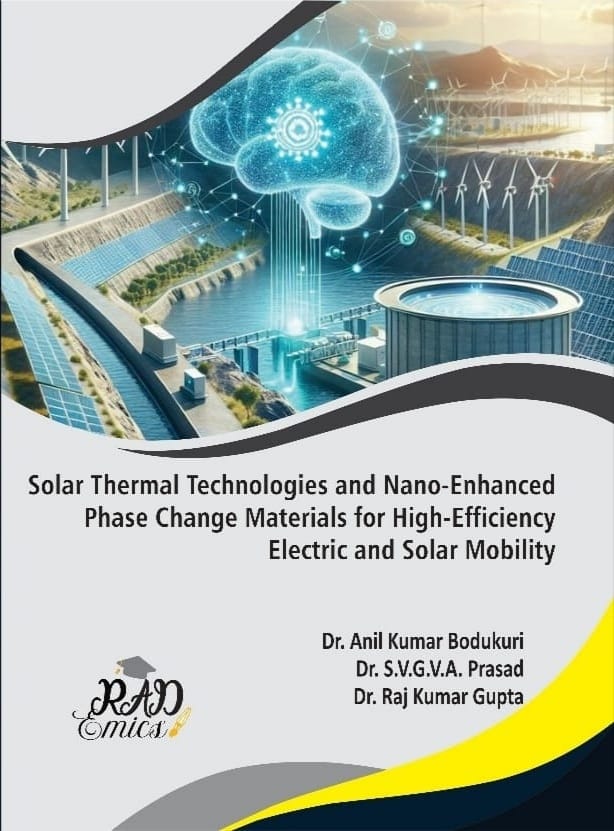
Abstract
The integration of artificial intelligence (AI) into social media-based learning environments has revolutionized the way learners engage with content and interact with peers. This book chapter explores the transformative potential of AI-driven personalization, emphasizing the symbiotic relationship between algorithmic intelligence and social pedagogy. It provides a comprehensive examination of how adaptive learning algorithms dynamically curate content to enhance learner engagement, foster autonomy, and optimize knowledge retention. the chapter delves into the intricate balance between learner autonomy and algorithmic nudging, exploring how AI can support rather than constrain the learner's agency. The importance of ethical, privacy, and governance considerations in the deployment of AI technologies is also addressed, with a focus on ensuring transparency, fairness, and inclusivity within informal learning contexts. Through a critical review of existing frameworks and evaluation metrics, the chapter proposes a holistic model for AI-powered social learning that prioritizes learner experience, equitable access, and long-term sustainability. This research highlights the need for adaptive governance structures and emphasizes the importance of a learner-centered approach to AI integration in educational technology.
Introduction
The global transition toward renewable energy sources has intensified the demand for efficient and reliable thermal energy storage (TES) solutions [1]. Among various TES technologies, phase change materials (PCMs) have garnered considerable attention due to their ability to store and release large amounts of latent heat during phase transitions [2]. Theinherent low thermal conductivity of conventional PCMs poses a significant limitation on heat transfer rates, thereby constraining system performance [3]. The incorporation of nanoparticles into PCMs to form nano-enhanced PCMs (nano-PCMs) has emerged as a promising strategy to address this bottleneck. Nano-PCMs exhibit enhanced thermal conductivity and improved heat transfer characteristics, making them ideal candidates for next-generation TES systems [4]. Nevertheless, the complex thermal behavior of nano-PCMs, governed by multi-scale physical phenomena, necessitates sophisticated computational modeling techniques to accurately predict and optimize system performance under diverse operating conditions [5].
Computational modeling and simulation provide powerful frameworks for dissecting the intricate heat transfer mechanisms within nano-PCM-based TES systems [6]. By enabling detailed analysis at multiple scales—from nanoscale interactions between particles and the PCM matrix to macroscopic system behavior—these models facilitate a deeper understanding of energy storage processes [7]. Traditional physics-based models, such as finite element and finite volume methods, have been extensively employed to simulate conduction, convection, and phase change phenomena. Despite their utility, these approaches often struggle with capturing nano-scale interfacial effects and nanoparticle dispersion dynamics [8]. Recent advances in multiscale modeling techniques and hybrid frameworks that integrate molecular dynamics with continuum approaches offer enhanced fidelity, bridging microscopic material properties with system-level performance [9]. The evolution of these computational strategies has been critical in designing nano-PCM TES devices that maximize thermal efficiency and energy density [10].